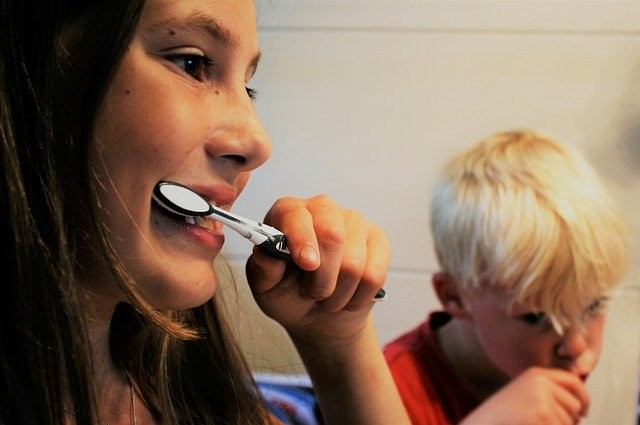
Brushing the teeth thrice a day or even more is associated with an eight percent lower risk of acquiring diabetes, while the dental disease's presence is linked to a nine percent increased risk. Not to mention, if you have at least 15 teeth missing, there is a 20 percent increased risk.
Such findings highlight the essentiality of good dental hygiene. They were also reported in the European Association for the Study of Diabetes journal, Diabetologia.
Essentially, inflammation plays a vital role in acquiring diabetes, a major worldwide health issue. Periodontal disease is common as well, in the general populace. In addition to that, periodontal illness, as well as poor oral hygiene, can aggravate systematic inflammation and transient infection. This was according to researchers Dr. Tae-Jing Song of the Seoul Hospital and Ewha Woman's University College of Medicine. The authors came up with a hypothesis that indicators of oral hygiene and periodontal disease would be linked to the manifestation of new-onset diabetes, which includes both Type 1 and Type 2.
ALSO READ: Oral Health: A Window To Your Overall Health
Oral Hygiene Behaviors Linked to Diabetes
The authors analyzed the data gathered from 2003 to 2006 on almost 200,000 subjects from the National Health Insurance System-Health Screening Cohort (NHIS-HEALS) in Korea. Relatively, the same researchers were able to complete the data gathered for past medical history, demographics, laboratory findings and oral hygiene indicators. Some oral hygiene behaviors, which include the frequency of toothbrushing, professional dental cleaning, and a visit to the dentist for whatever reason, we're all gathered as self-reported information from dental health check-ups. Also, the number of missing teeth was determined by the dentists during the test. As a result of the study, around 17.5 percent of the subjects had periodontal disease. According to online health news reports, after a median follow-up of 10 years, diabetes occurred in over 30,000 or 16 percent of the participants.
Through computer modeling and adjusting the demographics of patients including blood pressure, sex, weight, age, and height, physical activity, smoking habits, alcohol consumption, cancer history, and vascular risk factors, periodontal disease's presence and number of teeth missing, were both associated with the increased risk of diabetes by nine percent and 21 percent, respectively.
Frequency of Toothbrushing Depending on the Person's Age
A thorough assessment revealed different results for adult individuals aged 51 years old and below, compared to people aged 52 years old and above. For individuals belonging to the younger group, brushing teeth two times a day was associated with a reduced risk of developing diabetes by 10 percent and thrice, by 14 percent, compared to those who brushing once every day, or not at all.
Among the older group, no difference was traced in terms of diabetes risk between individuals who brushed their teeth twice each day, and those who brushed only once or not at all. Brushing three or even more times every day, compared with once or not at all, was linked to a seven percent decreased risk.
In conclusion, frequent brushing of teeth may indeed, decrease the risk of new-onset diabetes, as well as the presence of periodontal disease, and a growing number of missing teeth may increase the risk. Therefore, improving oral hygiene may undoubtedly be linked to a decrease in the risk of diabetes.
© 2026 ScienceTimes.com All rights reserved. Do not reproduce without permission. The window to the world of Science Times.











